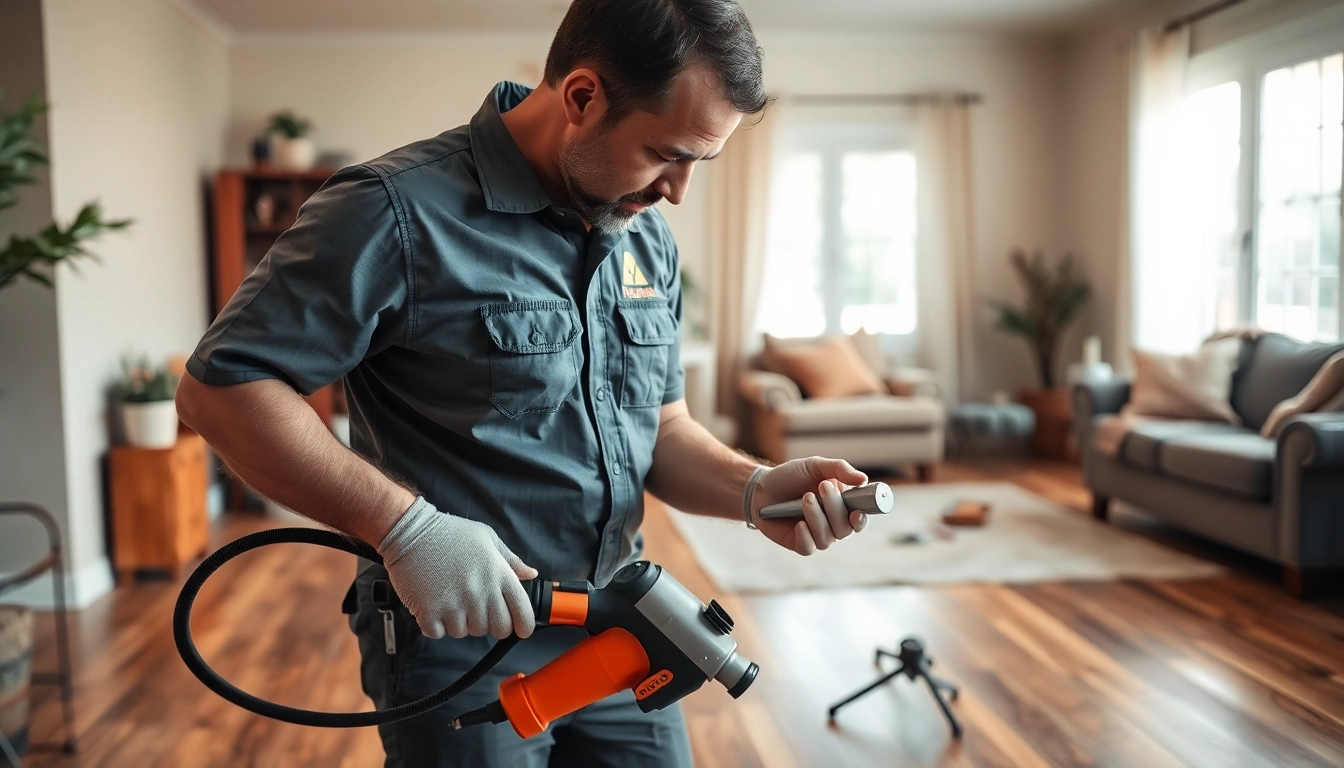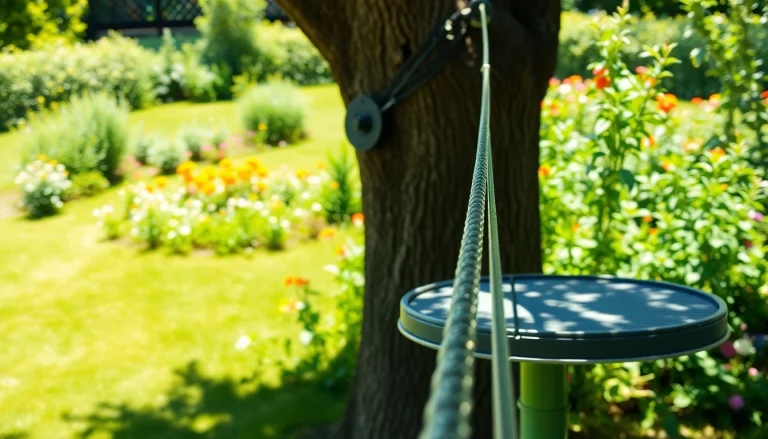
Understanding Termite Treatments
Termites can pose a significant threat to your home’s structural integrity. These pests are often dubbed “silent destroyers” because they can chew through wood, flooring, and even wallpaper undetected. The consequences of a termite infestation can be dire, leading to expensive repairs if not caught early. As homeowners seek effective termite treatments, understanding the different options and methods available becomes crucial in safeguarding your property.
The Importance of Timely Termite Treatments
Timely treatment of termite infestations is essential. Once termites establish a colony in or around your home, they can cause extensive damage in a short period, sometimes in just a matter of months or even weeks. Early detection and treatment can significantly reduce repair costs and prevent your home from becoming structurally compromised.
Another reason timely action is important is that termite damage may not be covered by homeowners’ insurance, as many policies exclude pest-related damage. Therefore, investing in prevention and timely treatment can save you substantial financial burdens in the long run.
Types of Termite Treatments Available
There are several types of treatments available when it comes to dealing with termite infestations. Here’s a breakdown of the most common methods:
- Chemical Treatments: These include various termiticides that are applied to the soil or directly to the wood. They act as barriers preventing termites from entering your home or eliminate active colonies.
- Bait Systems: Termite bait systems use poison that is ingested by termites. The bait is placed in stations around the property, and when termites consume it, they will return to the colony, leading to its eventual elimination.
- Fumigation: This method involves sealing the entire structure and filling it with gas that penetrates all areas, including wood and drywall, effectively eradicting termites.
- Heat Treatments: This method involves increasing the temperature of the infested area to a level lethal to termites in a controlled method.
Signs That You Need Termite Treatments
Being aware of the signs of termite infestation is crucial for early treatment. Look for:
- Wood Damage: Hollow-sounding wood or damaged wooden structures are often the first signs.
- Frass: This termite droppings appear as tiny wood-colored pellets, often found near damaged wood.
- Erosion Marks: The presence of mud tubes on walls or foundations is a strong indicator of termite presence.
- Swarmers: The sighting of winged termites (swarmers) around your home, especially during spring, indicates a nearby colony.
Common Methods of Termite Control
Liquid Termite Treatments: How They Work
Liquid termiticides create a chemical barrier in the soil and can also be applied directly to infested wood structures. When applied correctly, the termiticide will keep termites from entering the structure by creating a ‘treatment zone’. Some popular types of termiticides include:
- Chlorantraniliprole: A newer, less toxic option to traditional pesticides.
- Bifenthrin: A broad-spectrum insecticide affecting various insect pests, including termites.
- Imidacloprid: A neonicotinoid that interferes with pest nervous systems and is highly effective against termites.
It is important to hire a professional when opting for liquid treatments as precise application is critical to effectively create a protective barrier.
Termite Bait Systems Explained
Termite bait systems are considered a long-term termite management option. They work through the use of bait stations placed around the perimeter of the home. The bait attracts termites, who then consume it. This method helps to eliminate not only the foraging termites but also the colony itself when the bait is shared within it.
There are several benefits to using bait systems:
- They are less invasive compared to liquid treatments.
- They provide continuous monitoring for termite activity.
- Bait systems can be effective in protecting homes that are at high risk for termite infestations.
Fumigation for Severe Infestations
Fumigation is necessary for severe infestations where pests are confined within walls or other inaccessible areas. The house is tented, and a gas that penetrates all structures is released. This method ensures that even the most hidden termites are dealt with effectively.
While fumigation is highly effective, it does have its downsides:
- It requires the homeowner to vacate the premises for several days.
- All food products must be removed or sealed to prevent contamination.
It is crucial, therefore, to consult a pest management professional to assess whether fumigation is necessary in your situation.
DIY vs. Professional Termite Treatments
Benefits of Professional Treatments
While DIY treatments might seem cost-effective, professional pest control offers a range of benefits that DIY methods cannot match:
- Expert Knowledge: Professionals are trained to identify specific types of termites and use appropriate methods effectively.
- Guaranteed Results: Many pest control companies offer warranties on their services, giving homeowners peace of mind.
- Cutting-Edge Equipment: Pest control professionals have access to specialized tools and treatments that are not available to the general public.
Assessing DIY Treatment Options
For some minor infestations, DIY treatments such as applying targeted insecticides or using bait traps can be effective. However, it’s essential to follow instructions carefully and apply them consistently over time.
Some common DIY methods include:
- Liquid Insecticides: Available at most hardware stores, these can be effective when correctly applied.
- Termite Bait Traps: These can provide a means of monitoring termite activity and potentially eliminating smaller infestations.
However, homeowners should be aware of potential risks, including misapplication leading to ineffectiveness or worsening the infestation.
When to Call the Professionals
It’s advisable to call professionals in the following situations:
- When you discover an extensive infestation.
- If you have difficulty identifying the type or species of termite.
- For recurring issues even after previous treatments.
- When you lack confidence in executing effective DIY methods.
Early intervention can mitigate damage and save costs in the long run.
Preventative Measures for Termite Infestations
Building Practices to Avoid Termites
Implementing specific building practices can significantly reduce the likelihood of termite infestation. These practices include:
- Using treated wood for any installations or repairs.
- Minimizing contact between soil and wood materials in construction.
- Incorporating physical barriers like steel mesh or sand barriers.
Regular Inspections: An Essential Step
Continuously monitoring your property for any signs of termites is vital. Regular inspections can uncover any potential infestations before they worsen. It’s recommended that homeowners schedule annual inspections with pest control professionals to stay ahead of any problems.
Environmental Adjustments to Minimize Risk
Creating an inhospitable environment for termites can be an effective strategy. Some adjustments include:
- Avoiding excessive humidity around the home’s foundation.
- Removing dead trees or stumps from your property.
- Ensuring proper drainage to prevent puddling near foundations.
Cost and Value of Termite Treatments
Factors Affecting the Cost of Treatments
The cost of termite treatments can vary widely based on several variables:
- Extent of the Infestation: More extensive infestations can require higher costs due to the need for larger treatments or multiple visits.
- Type of Treatment: Professional treatments can range from $100 to $2000 depending on whether it’s fumigation or liquid treatments.
- Property Size and Type: Larger properties or those with unique construction often require more extensive work.
Long-term Value of Professional Services
Investing in professional pest control services pays off in the long run. Not only do they provide immediate relief from infestations, but they also help establish preventative measures that can save homeowners from future expenses related to structural damage.
Insurance and Termite Treatments: What You Need to Know
Many homeowners insurance policies do not cover termite infestations, so it’s essential to review your insurance coverage. Some insurance companies may offer policies that include it, or you can purchase additional coverage. Understanding your policy can help mitigate potential losses should an infestation occur.





